
Culture
14:50, 08-Feb-2018
Jino ethnic minority celebrates New Year in their way
By Yang Jinghao, Zhang Kai & Zhang Youze
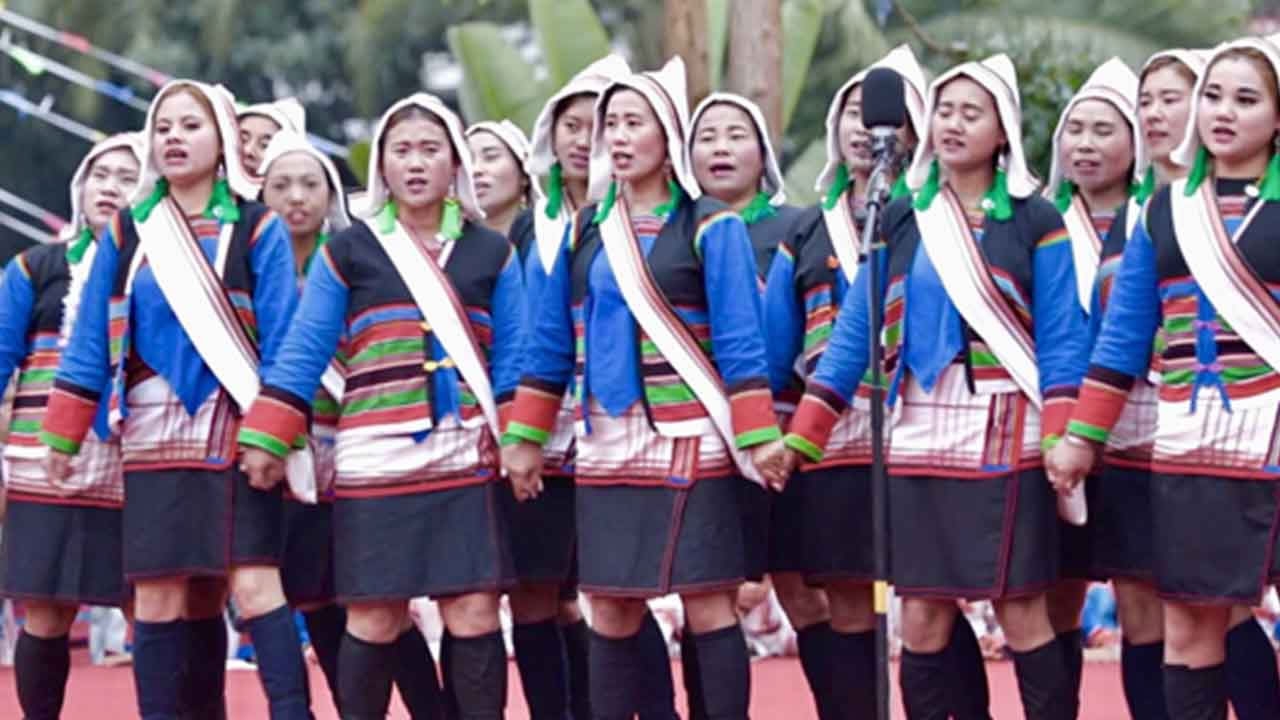
The Spring Festival in China is just around the corner. In Xishuangbanna in southwest China’s Yunnan Province, the Jino people – China’s latest recognized ethnic minority – are celebrating their own new year with the Temaoke Festival.
A traditional sacrificial ceremony to the drum was held on Tuesday morning in the Jinuoshan Township as the prelude to the grandest festival of the year. For the Jinos, who were not officially identified as a separate ethnic group until 1979, the drum made of cowhide is not just a traditional instrument, but also a sacred totem.
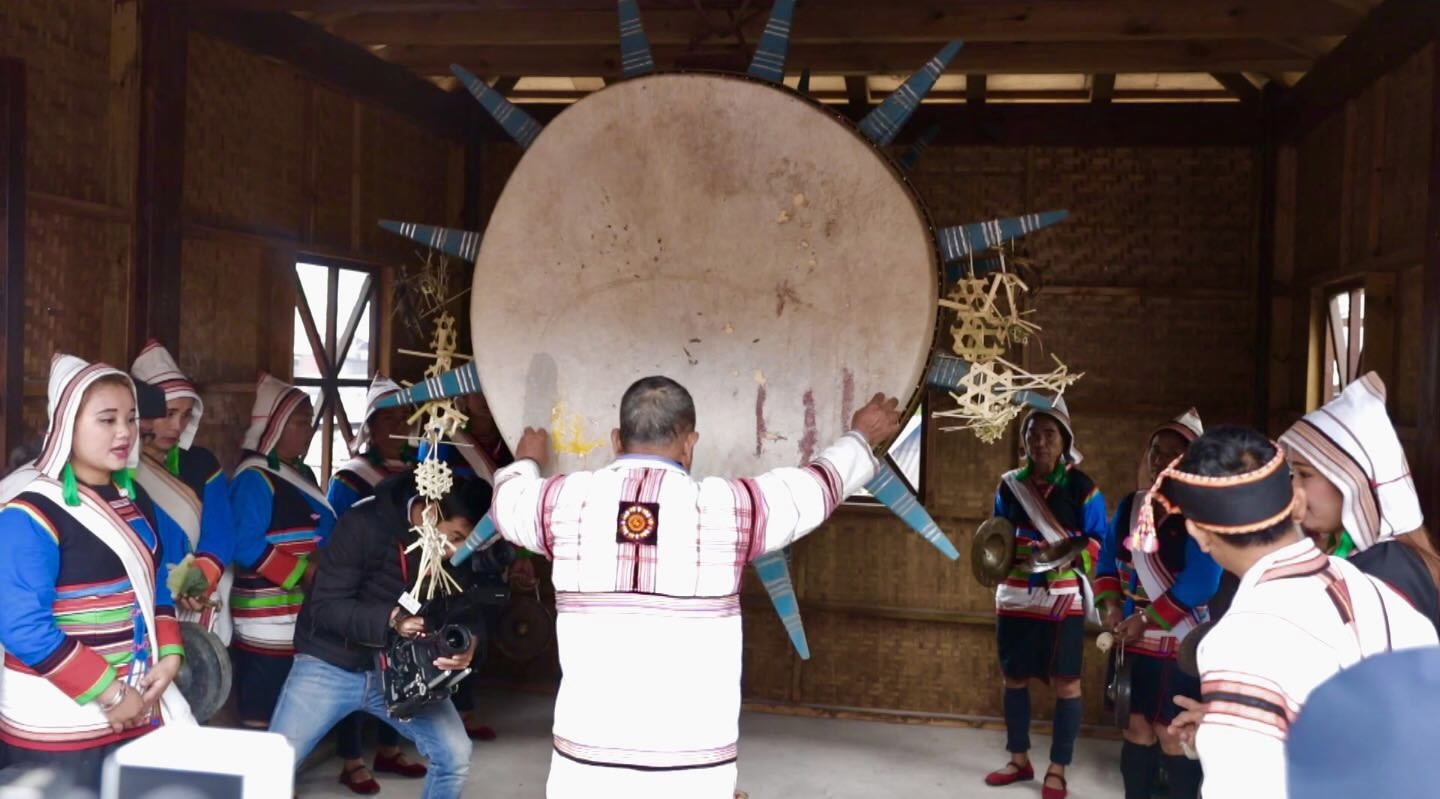
A drum worship ritual was held during the celebration for the annual Temaoke Festival, which lasts from February 6 to 8. / CGTN Photo
A drum worship ritual was held during the celebration for the annual Temaoke Festival, which lasts from February 6 to 8. / CGTN Photo
“The drum is the soul of our Jino people. For important occasions, a drum definitely plays an important role, and we have to offer sacrifices to it every year,” said Bai Jialin, elder of a Jino village. Traditionally, each village has seven elders, or Zhanglao in Chinese, with the eldest called Zhuoba, who is the most powerful and prestigious.
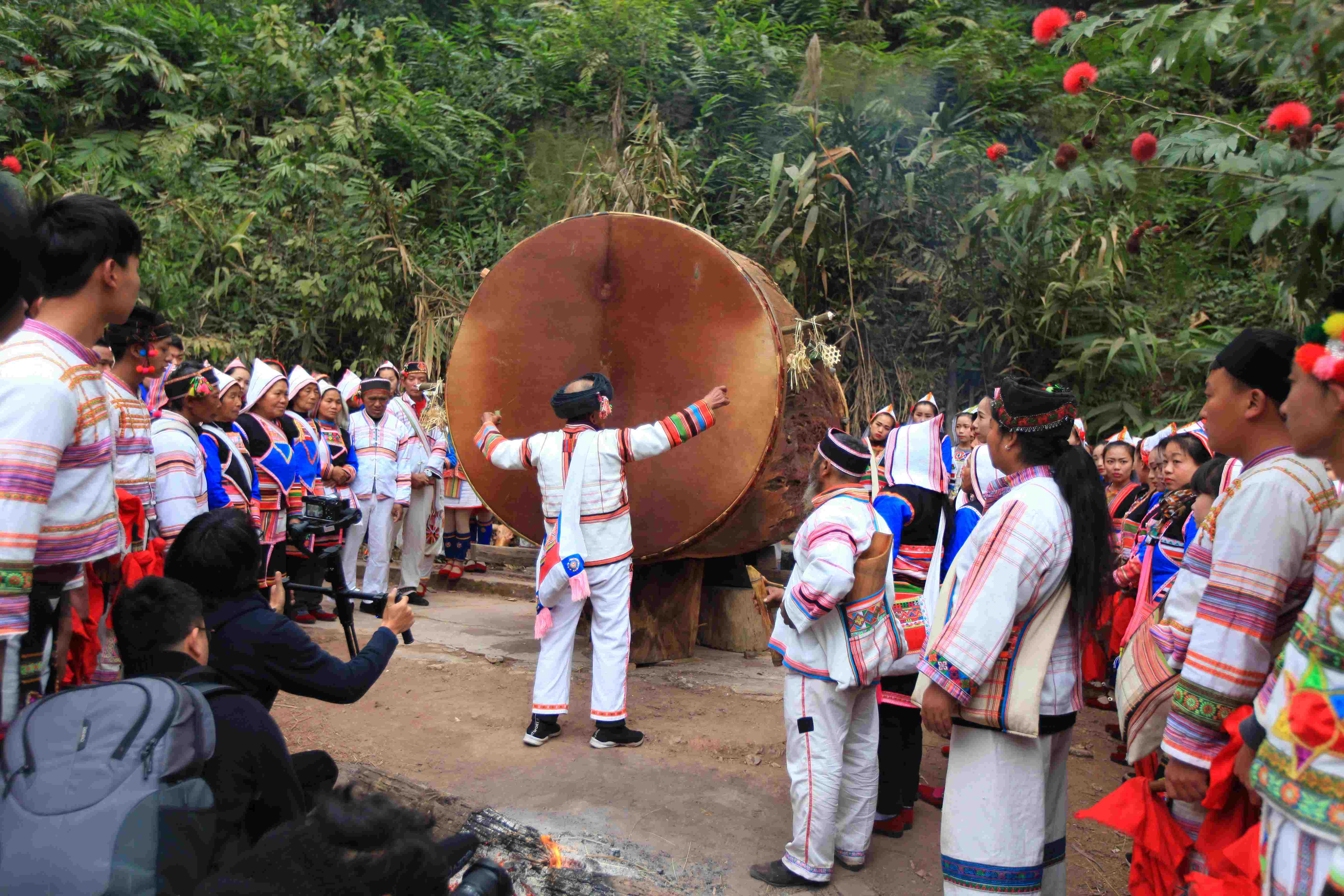
A Jino elder offer sacrifices to their sacred drum in his village. Drum is not just an instrument for the Jinos, but also their totem. / CGTN Photo
A Jino elder offer sacrifices to their sacred drum in his village. Drum is not just an instrument for the Jinos, but also their totem. / CGTN Photo
Traditional sacrifices including areca nuts, eggs and a chicken were then offered to an iron-forging house. Translated, Temaoke literally means “forging iron.” The festival was first celebrated to commemorate the use of ironware, which changed the way of life for the Jinos.
“We offer these sacrifices to god in the hope that we can forge the iron farm tools faster and better in the coming year with the god’s blessing,” explained Bai.
There are about 25,000 Jinos in China. They live in more than 40 villages in Xishuangbanna, a place well known for its tropical rainforests and biodiversity. Each village has its own special customs during the festival.
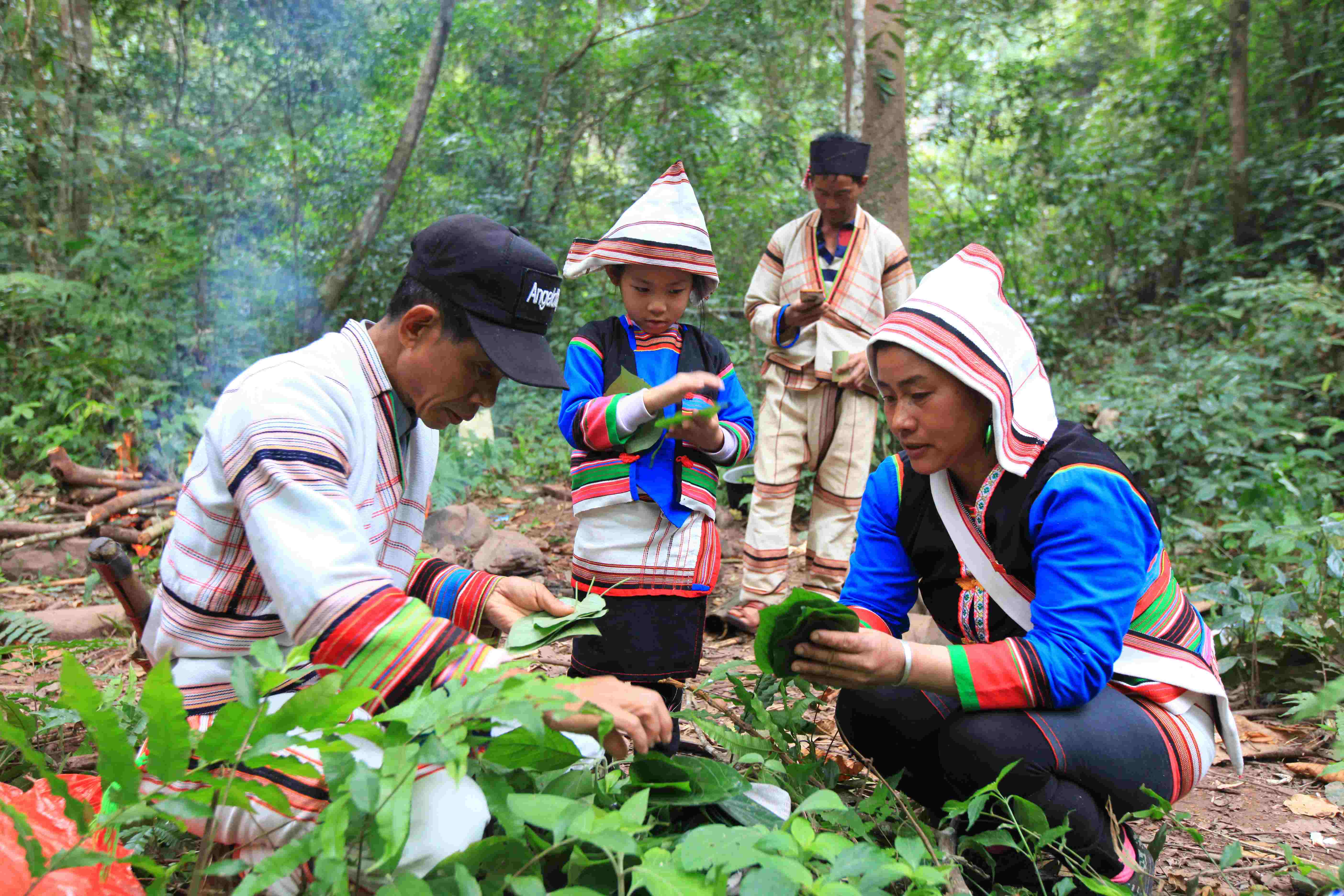
A local family prepares for the grand festival. / Courtesy of Zhou Jianwu
A local family prepares for the grand festival. / Courtesy of Zhou Jianwu
A grand performance was also staged this year to highlight some of the traditions of the Jino people, traditions which are slowly disappearing.
Jie Bulu, a Jino folk artist, told CGTN that what concerns him most is the gradual disappearance and variation of their language. Jino people have their own spoken language, but no written one.
“I think maybe it’s adoptable to preserve it in the form of music. In this way, the younger generation can learn both our traditional music as well as the language,” he said.
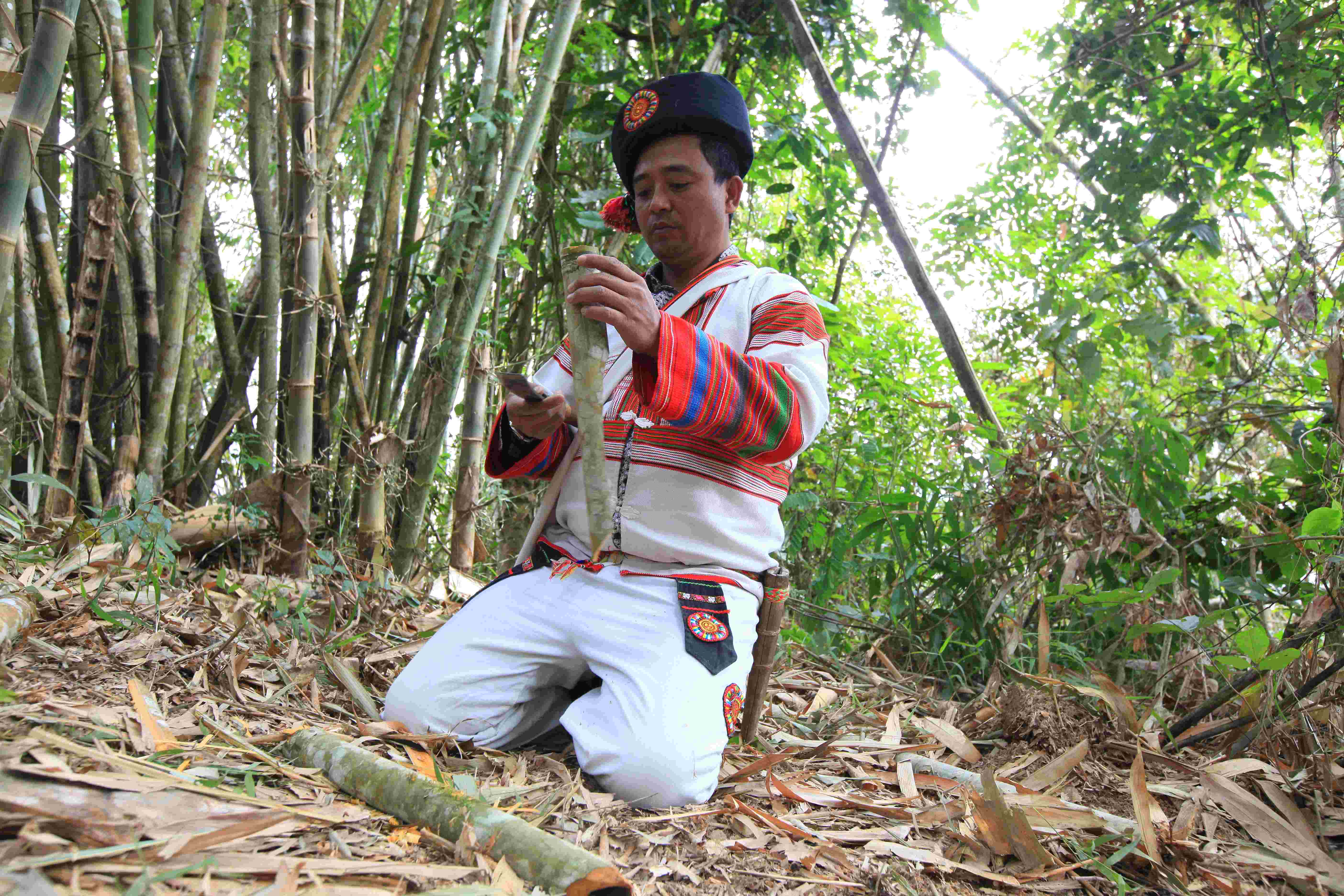
A Jino man makes a traditional instrument called Qike with bamboos. It was used to signal the acquisition of preys during hunting in the past. / CGTN Photo
A Jino man makes a traditional instrument called Qike with bamboos. It was used to signal the acquisition of preys during hunting in the past. / CGTN Photo
Zhang Li, an employee from the township’s cultural department, said they have been trying to promote and protect the Jino culture by holding a variety of activities over the past years. Though it is a great challenge, she said they would try to pass their traditions along to the next generation.
As one of the smallest ethnic groups in China, the Jino people still remain mysterious to the outside. There are even some misinterpretations of their traditions and customs. In 1988, the prefectural legislature set Feb. 6-8 as the official dates to celebrate the festival.

SITEMAP
Copyright © 2018 CGTN. Beijing ICP prepared NO.16065310-3
Copyright © 2018 CGTN. Beijing ICP prepared NO.16065310-3